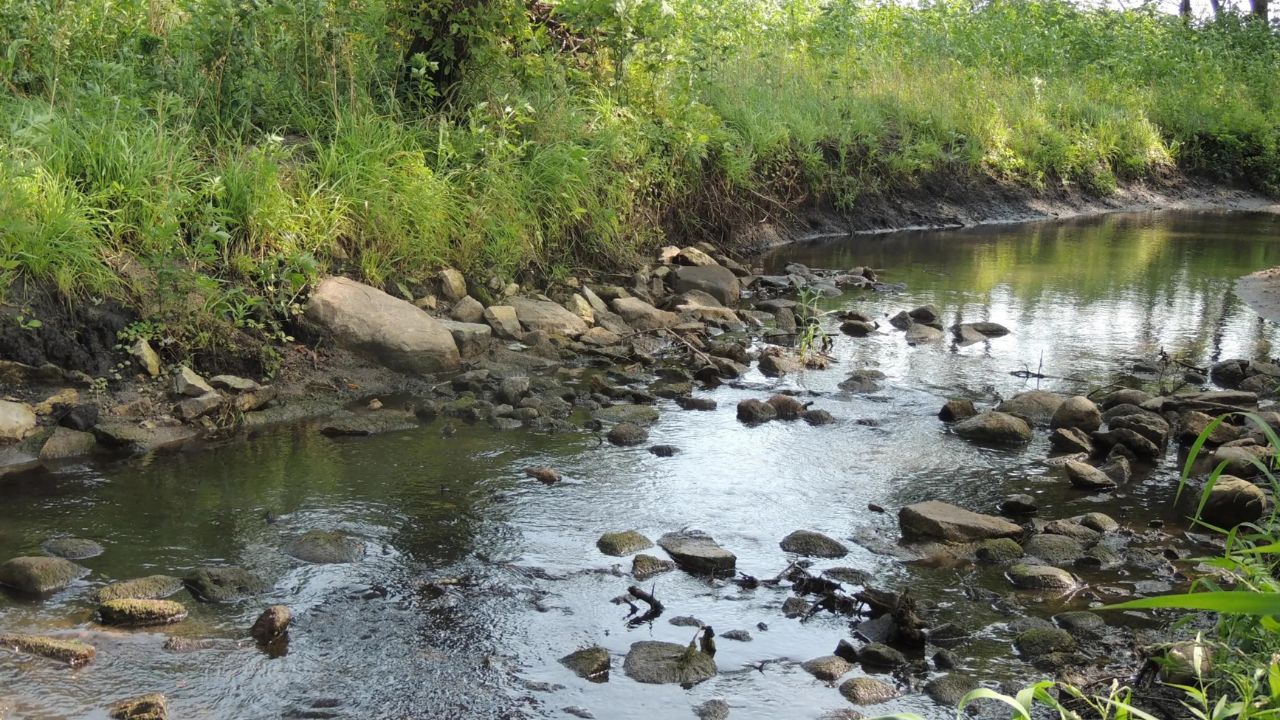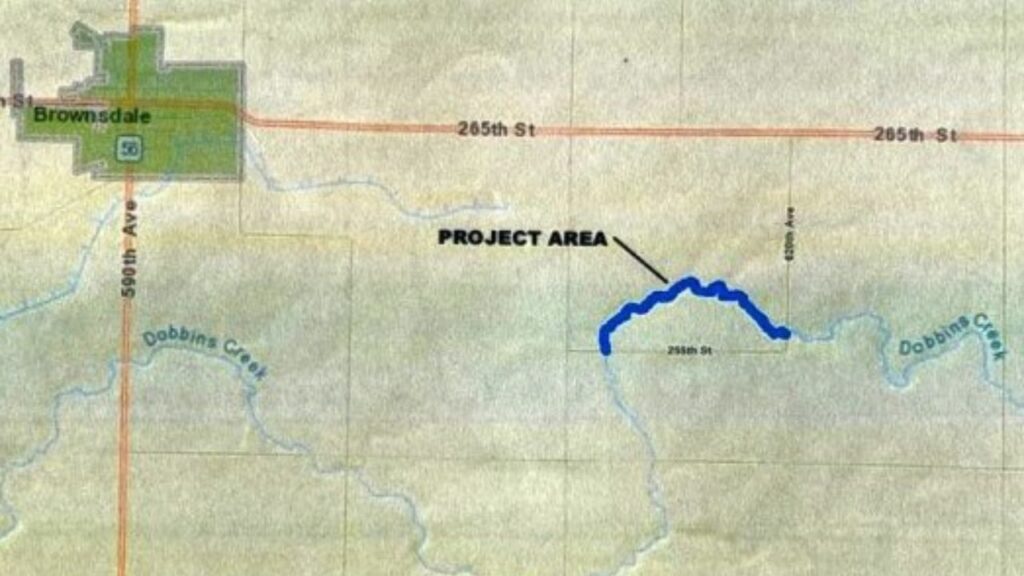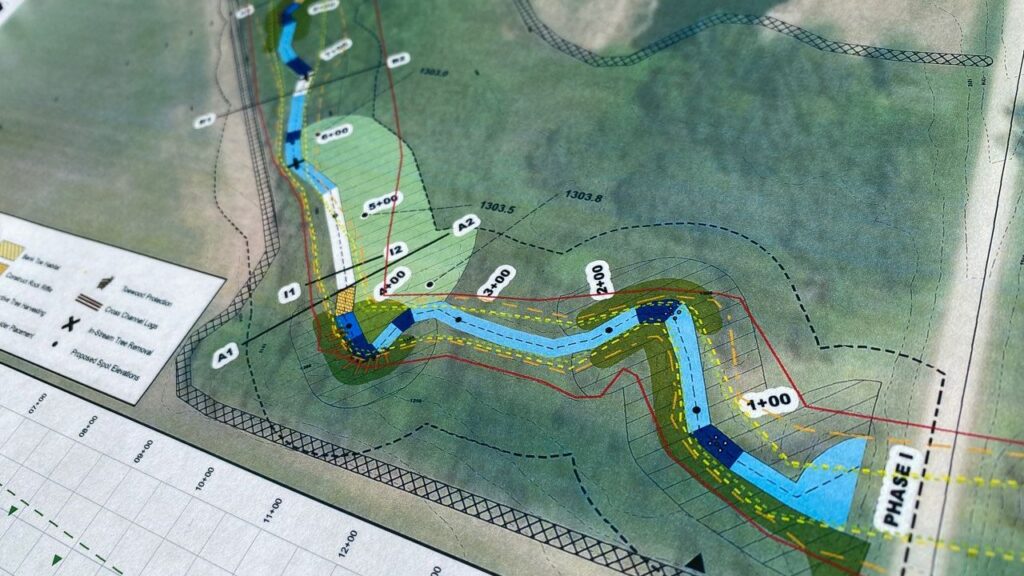Major grant awarded to watershed district for Dobbins Creek

Credit: Cedar River Watershed District
(ABC 6 News) – The Cedar River Watershed District (CRWD) announced on Monday that water-quality projects are planned in the north branch of Dobbins Creek in early 2024.
The CRWD says over the past century, heavy rains have caused the creek to rise and fall quickly on its way toward Austin, leading the stream to overtop rural roads and cause major erosion.
Damaging flash floods have disconnected the creek from part its natural floodplains causing it to flow even more strongly. This causes major erosion on streambanks that accounts for nearly half of the sediment found in the waters of the creek, which flows through Austin’s Jay C. Hormel Nature Center and East Side Lake.

A $395,000 state grant awarded to the CRWD through the Minnesota Department of Natural Resources will help with restoration which is being planned for more than a half mile of Dobbins’ north branch, southeast of Brownsdale, to reconnect the stream to its flood plain and address erosive areas.
“We’re grateful for this significant grant and excited to tackle more problematic areas in the Dobbins watershed,” said Cody Fox, CRWD’s administrator and project manager.
The work will also improve the creek’s habitat for wet bugs and fish which are important because they live in and around the water all year and can provide vital information on a stream’s overall health.
Under the grant, CRWD will focus restoration in early 2024 on Dobbins’ north branch flowing through the Gene and Bridget Tapp farm in Dexter Township. The district is working with engineers, the DNR and Tapps to develop plans.
This is the second, major restoration on the Tapp farm for Dobbins Creek. Several years ago, the first restoration involved similar work along an upstream stretch of the creek. When this next phase is completed, nearly 1.3 miles of the creek will have had restoration work.
Work next year will seek to create pools and rock riffles in the creek channel to support better habitat for fish and wetbugs. Crews also will plant and manage plants along the creek, reshape streambanks, clear out tree blockages that cause erosion and place chunks of rocks in highly erosive spots.
Problematic trees on the streambank also will be removed where vegetation is lacking, leading to streambank erosion.
The CRWD continues to focus projects in Dobbins, he said, because studies show the creek plays a big role in local flooding and water-quality concerns.

According to a 1990 study, sedimentation levels in East Side Lake at the time mostly ranged from 2 feet to nearly 6 feet of sediment buildup, with higher amounts found closer to the lake’s dam on Dobbins Creek. Since that study, the lake has experienced six of the seven worst-known floods in Austin, adding more sediment.